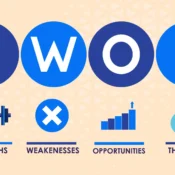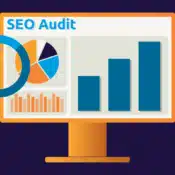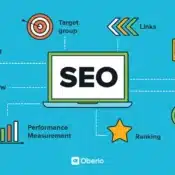Buyer Persona Development & Customer Profiling Guide 2025
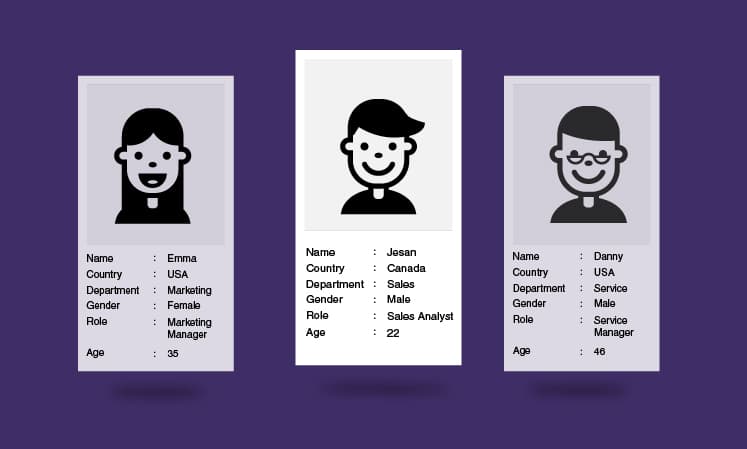
September 22, 2025
/
Buyer Persona Development & Customer Profiling Guide 2025
In today’s fast-paced and competitive business environment, understanding your customers goes far beyond knowing basic demographics. Businesses that succeed deeply understand their audience, anticipate needs, and deliver personalized experiences. Buyer persona development, customer profiling, and defining your ideal client are essential strategies that help brands connect meaningfully, optimize marketing efforts, and achieve measurable results.



What Is a Buyer Persona?
A buyer persona is a semi-fictional representation of your ideal customer based on real data, market research, and informed assumptions. Unlike broad audience definitions, buyer personas capture goals, challenges, motivations, and behavior patterns, giving a human face to your target customers.Key elements of a buyer persona include:
- Demographics: Age, gender, income, education, occupation.
- Psychographics: Values, lifestyle, personality, interests.
- Behavioral Traits: Purchasing habits, brand loyalty, online activity, engagement patterns.
- Goals and Pain Points: Objectives the customer wants to achieve and challenges they face.
Why Buyer Personas Matter in Modern Marketing
In modern business, buyer persona development is not just a nice-to-have—it’s a strategic necessity. Companies that rely only on demographics often miss the deeper motivations and behaviors that drive customer decisions. A well-crafted persona helps brands speak directly to their audience’s goals and pain points, creating messages that resonate on a personal level. This relevance builds trust, improves engagement, and ensures that marketing campaigns are far more impactful. By combining personas with customer profiling techniques, businesses can sharpen their targeting and improve overall ROI. Detailed insights allow teams to prioritize high-value customers, personalize the buying journey, and allocate budgets more effectively. In short, buyer personas bridge the gap between raw data and human connection, turning marketing strategies into powerful growth engines.Customer Profiling: Getting the Data
Customer profiling is the process of collecting and analyzing customer data to identify patterns, behaviors, and preferences. While personas are narrative-based, customer profiles are data-driven and often quantitative.Common profiling criteria include:
- Purchase frequency and history
- Product or service preferences
- Geographic location
- Engagement with marketing campaigns
Identifying Your Ideal Client
The ideal client is the customer segment most aligned with your product or service and most likely to deliver value. Unlike generic targeting, focusing on the ideal client ensures marketing resources are used efficiently, messages resonate, and campaigns convert.
Examples:- A boutique marketing agency targeting e-commerce brands with monthly revenue over $50k.
- A premium coffee roaster focusing on environmentally-conscious urban millennials.
- A SaaS platform catering to mid-sized businesses needing automated workflow solutions.
Aligning Sales and Marketing Through Personas
Effective buyer persona development doesn’t just benefit the marketing department—it also empowers sales teams to close deals faster and more effectively. When marketing creates detailed personas, they provide sales with a clear picture of customer motivations, common objections, and decision-making behaviors. This alignment ensures both teams are working toward the same goals, targeting the right prospects, and delivering a consistent brand message throughout the customer journey. By integrating customer profiling techniques into sales processes, businesses can identify high-potential leads, personalize outreach, and adapt their communication style to fit each persona. This synergy between marketing and sales not only improves lead quality but also shortens the sales cycle and increases conversion rates. Ultimately, personas act as a bridge, helping both teams collaborate seamlessly to attract, nurture, and retain the ideal client.How to Conduct Buyer Persona Development؟
Here’s a practical, step-by-step guide to creating personas, profiling customers, and identifying your ideal client:Step 1: Define Your Objectives
The foundation of buyer persona development starts with clear objectives. Defining what you want to achieve—whether it’s raising brand awareness, boosting lead generation, growing sales, or improving customer retention—helps set the direction for the entire process. Without a clear goal, the personas risk being generic and ineffective. For example, a company focused on lead generation will prioritize understanding where prospects discover products, while a business aiming to improve retention will analyze customer satisfaction and loyalty behaviors. Setting objectives ensures that your customer profiling techniques are aligned with measurable outcomes.Step 2: Conduct Research
Personas should be based on data, not assumptions. Gathering insights from multiple sources such as surveys, customer interviews, focus groups, social media analytics, CRM platforms, and competitor research provides a balanced mix of qualitative and quantitative data. This ensures accuracy and relevance. For instance, analyzing CRM data reveals buying patterns, while interviews uncover deeper motivations and pain points. Combining these methods strengthens your buyer persona development and helps create profiles that reflect real customer behaviors.Step 3: Analyze Data to Identify Patterns
Once research is complete, the next step is to analyze the information for recurring themes and behaviors. This includes looking at shared challenges, goals, or buying habits that distinguish one group of customers from another. By grouping these similarities, you create segments that guide accurate personas. For example, identifying a cluster of price-sensitive customers versus quality-driven ones allows for better customer profiling techniques and sharper marketing focus.Step 4: Build Buyer Personas
With clear patterns identified, start building detailed buyer personas. These should include demographic details, customer goals, pain points, communication preferences, and common objections. Giving personas names and backstories makes them easier to use across teams. An effective persona might be “Tech-Savvy Tina,” who values innovation, prefers digital channels, and faces challenges with system integration. Such detail turns abstract data into practical tools for buyer persona development.Step 5: Define Your Ideal Client
Not every persona contributes equally to business growth. At this stage, identify your ideal client definition—the audience segment that best aligns with your brand values, budget, and growth potential. For example, a SaaS company may define its ideal client as mid-sized businesses needing workflow automation with a strong likelihood of long-term retention. This clarity ensures resources are focused on customers that drive the highest ROI.Step 6: Align Marketing Strategies
Once personas and your ideal client are clear, tailor marketing strategies to their needs. This includes crafting personalized content, email campaigns, ad messaging, and offers that resonate with specific segments. For instance, value-driven personas may respond better to loyalty programs, while efficiency-focused clients engage with product demos. Aligning strategies with buyer persona development ensures consistent, relevant communication across all channels.Step 7: Implement, Monitor, and Optimize
The final step is execution. Launch campaigns designed for each persona and track KPIs such as engagement, conversion rates, customer retention, and ROI. Monitoring these metrics helps measure success against the objectives set in Step 1. Continuous optimization is essential. Update your customer profiling techniques as behaviors shift, refresh personas regularly, and adjust campaigns accordingly. This ensures long-term effectiveness and sustainable business growth.How Many Buyer Personas Should a Business Have?
One of the most common questions in buyer persona development is how many personas a business really needs. The answer depends on company size, product range, and target market. Small and medium-sized businesses often benefit from starting with two to three core personas, focusing on the segments that drive the most value. Too many personas can dilute efforts and make it harder to align sales and marketing strategies effectively. A practical approach is to identify your ideal client definition first, then build additional personas around secondary audience segments. For example, a software company may target mid-sized businesses as its ideal client, while also creating personas for freelancers and enterprise clients. This balance ensures your customer profiling techniques remain actionable without overwhelming your team with unnecessary complexity.Tools and Templates for Creating Buyer Personas
HubSpot Persona Generator
The HubSpot Persona Generator is a free online tool designed to simplify buyer persona development. It guides you step by step through questions about demographics, goals, challenges, and behaviors, then generates a ready-to-use persona profile. To use it, start by answering the built-in questionnaire with details from your customer profiling techniques such as survey results or CRM data. Once completed, you’ll get a structured persona template that can be shared with your marketing and sales teams.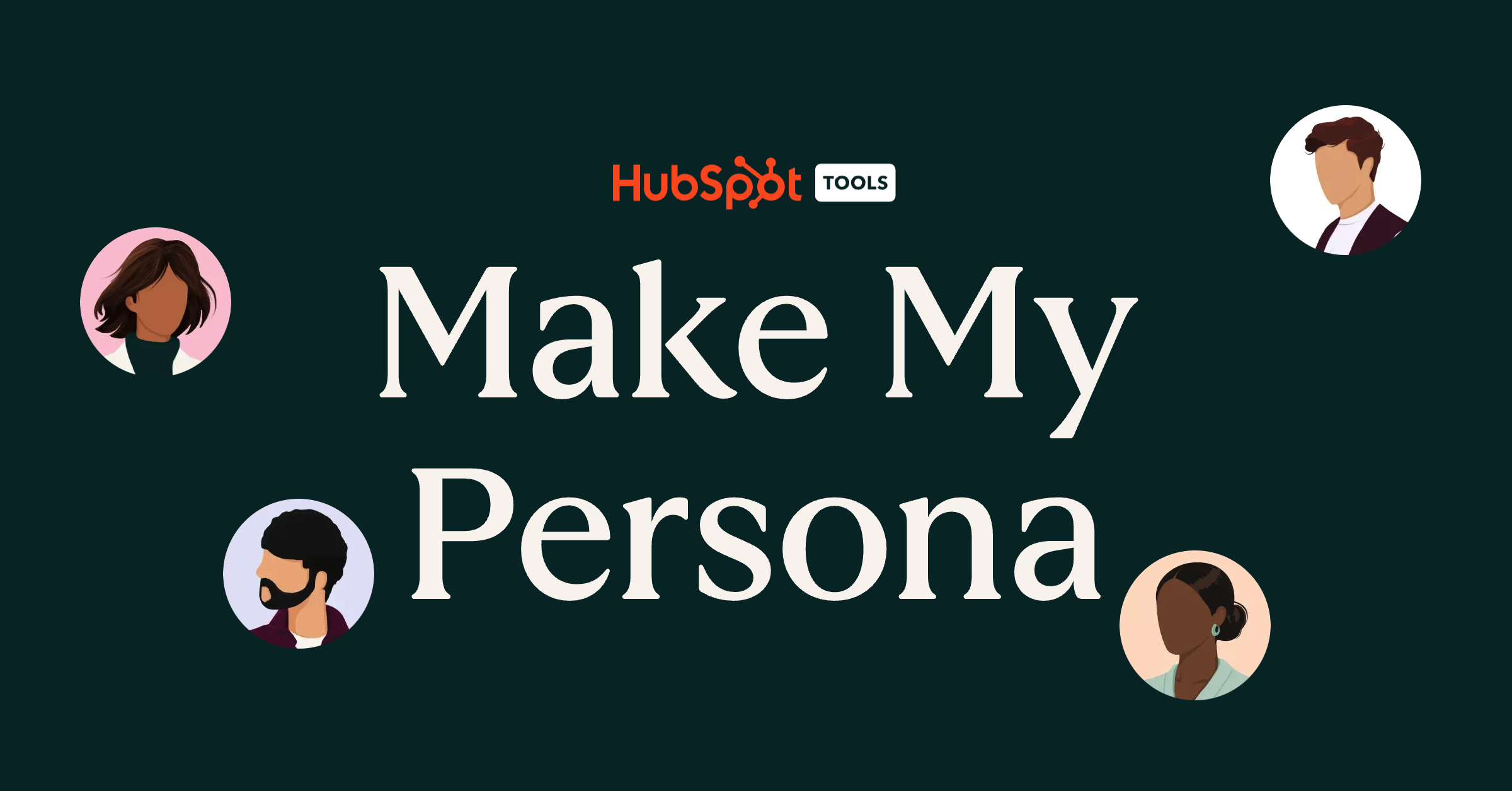
Xtensio
Xtensio offers customizable persona templates with a drag-and-drop editor, making it easy to create professional and visually appealing profiles. It’s especially useful for teams that want to present personas in client-facing projects or internal workshops. You can begin by choosing a persona template, filling in demographic and psychographic information, and adding visuals like icons or photos. Xtensio also allows real-time collaboration, so multiple team members can refine your ideal client definition together.Google Analytics
Google Analytics provides valuable behavioral insights such as traffic sources, user demographics, devices used, and content engagement. These insights help marketers identify patterns and create data-driven personas. To use Google Analytics for personas, explore reports like Audience > Demographics and Interests, or Behavior > Engagement. Cross-reference this data with survey insights to strengthen your customer profiling techniques and validate assumptions.
CRM Insights
Customer Relationship Management (CRM) platforms like Salesforce or HubSpot CRM centralize customer interactions, purchase history, and communication records. These insights give a holistic view of buyer journeys and long-term behaviors. Leverage CRM data by segmenting contacts based on purchase frequency, deal size, or engagement. This helps refine personas and identify your ideal client definition, ensuring that your marketing and sales strategies are focused on the most profitable segments.Best Practices for Effective Persona Development
- Data-Driven Decisions: Use real customer insights rather than assumptions.
- Update Regularly: Refresh personas as customer behavior and market trends evolve.
- Be Specific: Detailed personas allow for more targeted and effective campaigns.
- Integrate Across Teams: Share personas with marketing, sales, product, and customer service.
- Focus on Behavior: Understand motivations and actions, not just demographic information.
Case Study: Driving Engagement with Buyer Personas
A mid-sized e-commerce retailer wanted to increase engagement and repeat purchases. They developed three buyer personas:- Bargain Hunter Betty: Looks for discounts and deals.
- Quality-Seeker Quentin: Values high-quality products and detailed reviews.
- Loyalist Lucy: Regular customer with high brand loyalty.
- Personalized discount campaigns for Bargain Hunters
- Highlighting product quality for Quality-Seekers
- Loyalty rewards for Loyalists
- Engagement increased by 45%
- Repeat purchase rate grew by 30%
- Overall revenue rose by 25%
Frequently Asked Questions (FAQ)
What’s the difference between buyer personas and customer profiles? Personas are narrative-based and human-centered, while profiles are data-driven and often quantitative. Do small businesses benefit from personas? Yes. Even small businesses can create simple personas to improve targeting and resource allocation. How often should personas be updated? At least annually, or whenever significant changes in customer behavior or market trends occur. Which KPIs should I track? Engagement metrics, conversion rates, customer acquisition, retention, and lifetime value.Conclusion
Buyer persona development, customer profiling, and defining the ideal client are critical tools for modern marketing. By understanding your customers deeply, focusing on the right segments, and leveraging behavioral insights, businesses can create highly relevant campaigns, improve customer experience, and achieve sustainable growth. When conducted strategically, persona development transforms marketing from a generic effort into a powerful engine for measurable business success.Ready to Build Personas That Drive Growth?
Contact us today to discover how we can create data-driven personas tailored to your business, align your marketing and sales strategies, and unlock sustainable growth.Recent Posts
ahmed/0 Comments
SWOT Analysis for Marketing
ahmed/0 Comments
SEO Audit: The Ultimate Guide to Perfecting Your Website Performance
ahmed/0 Comments


